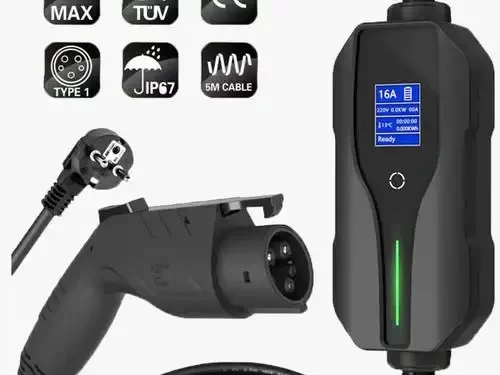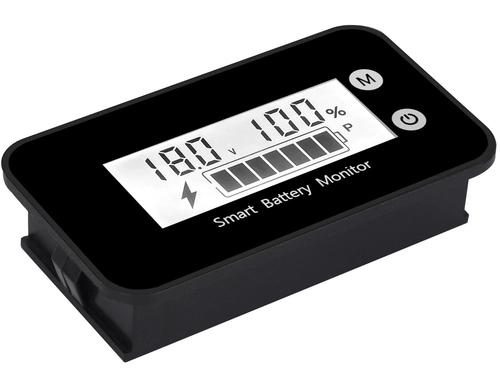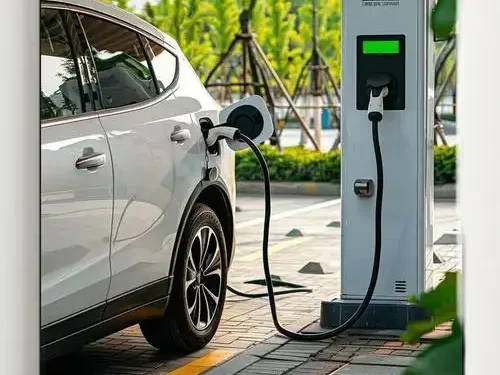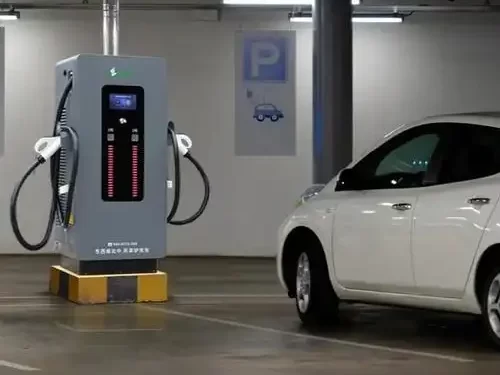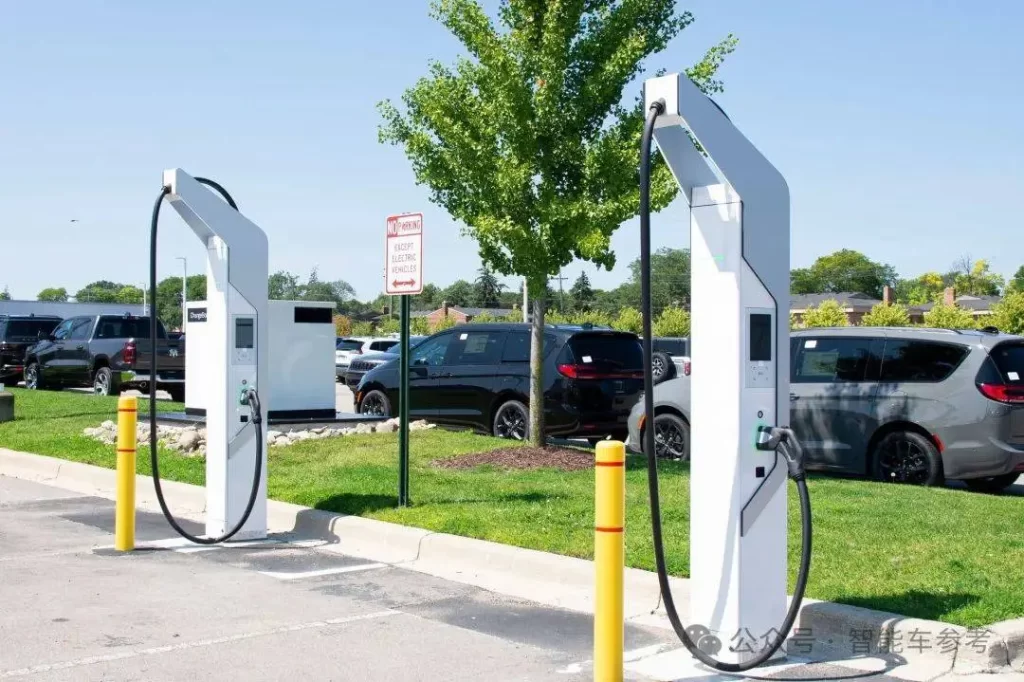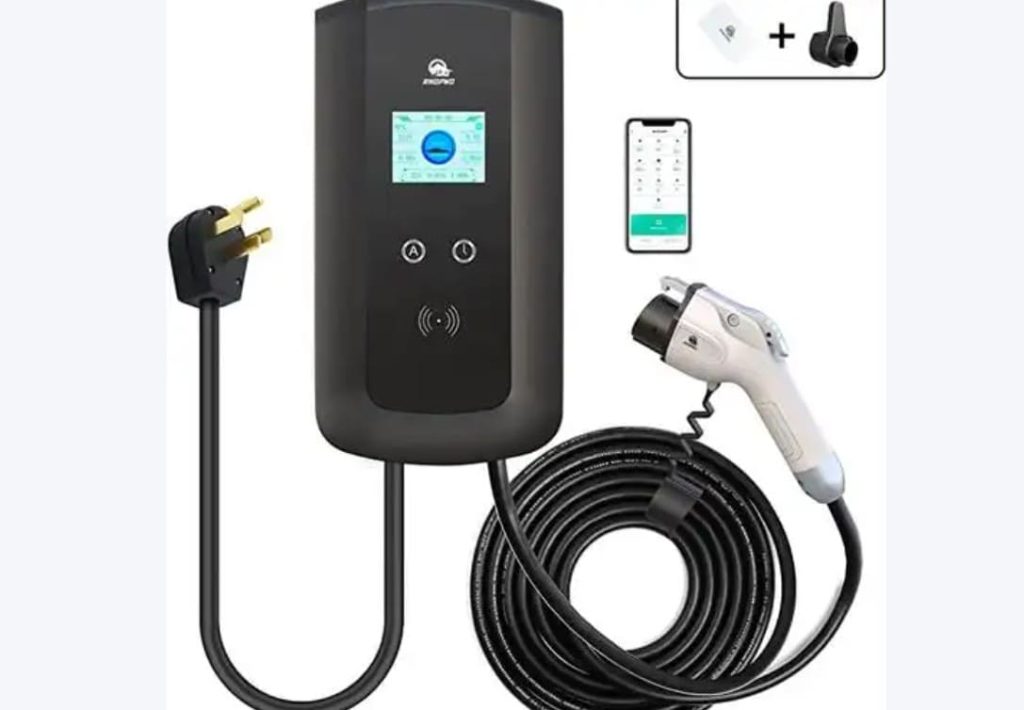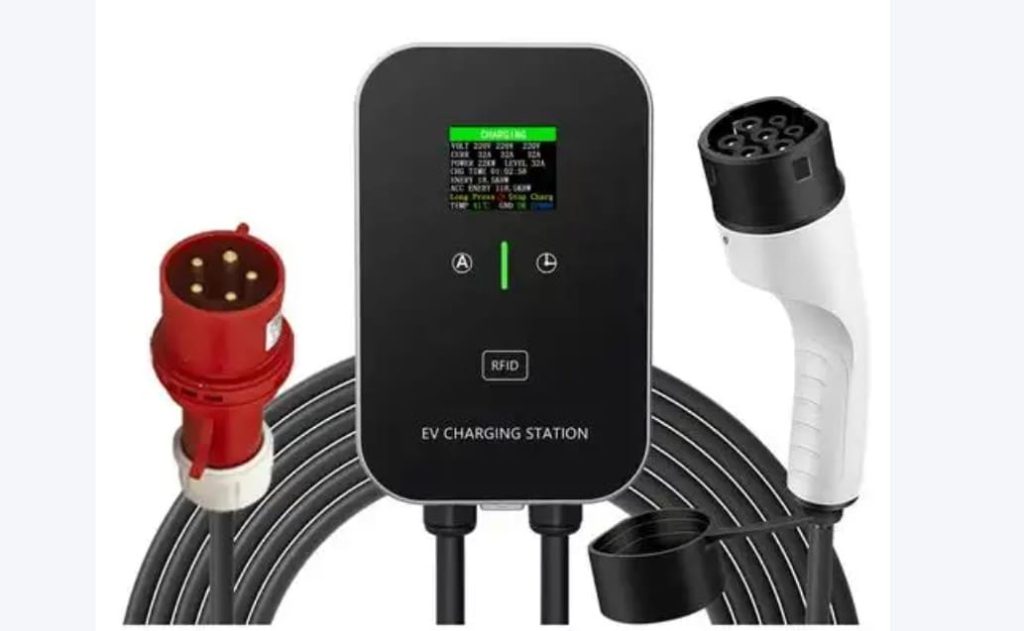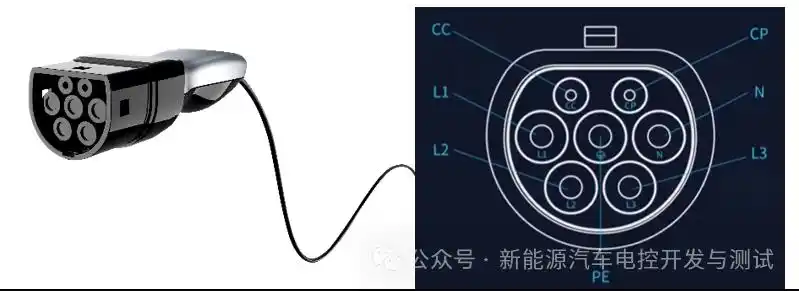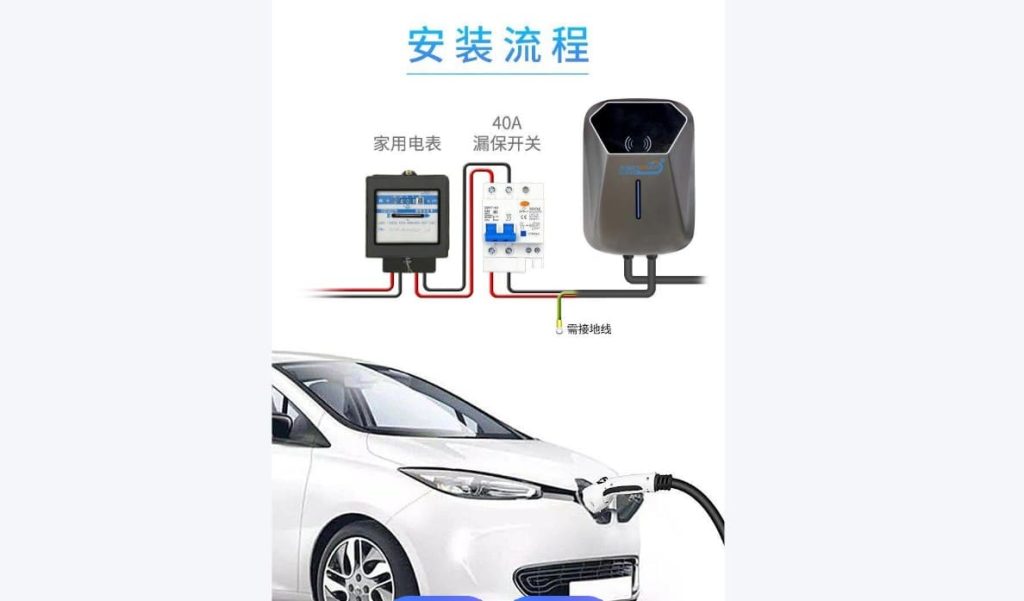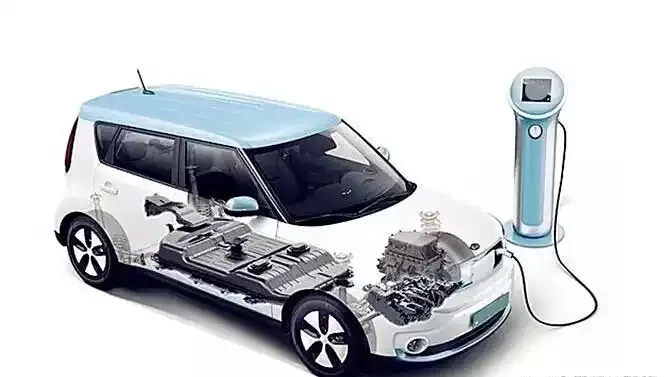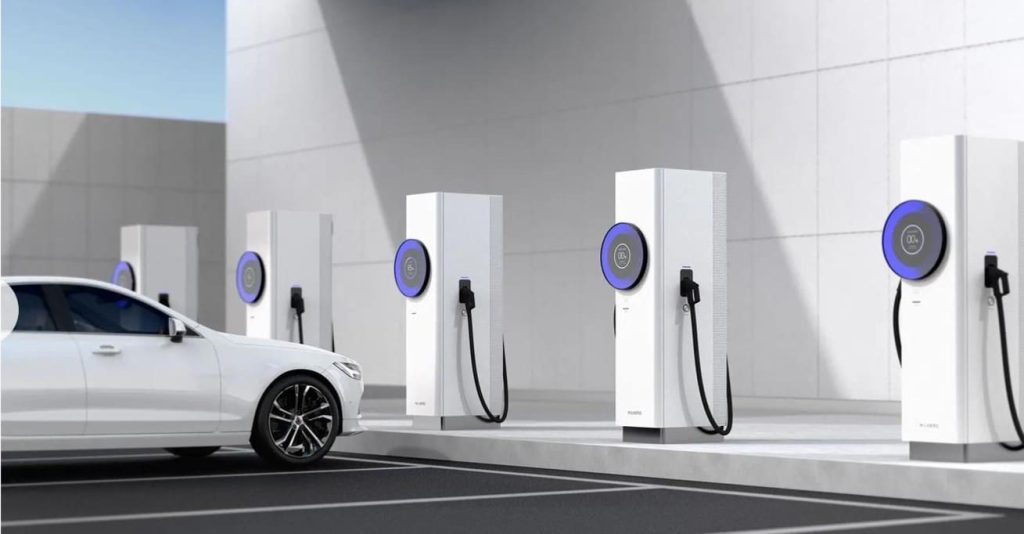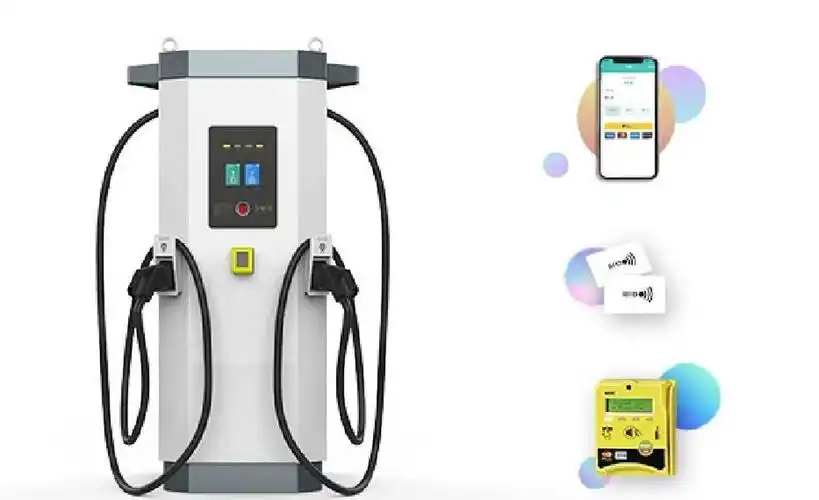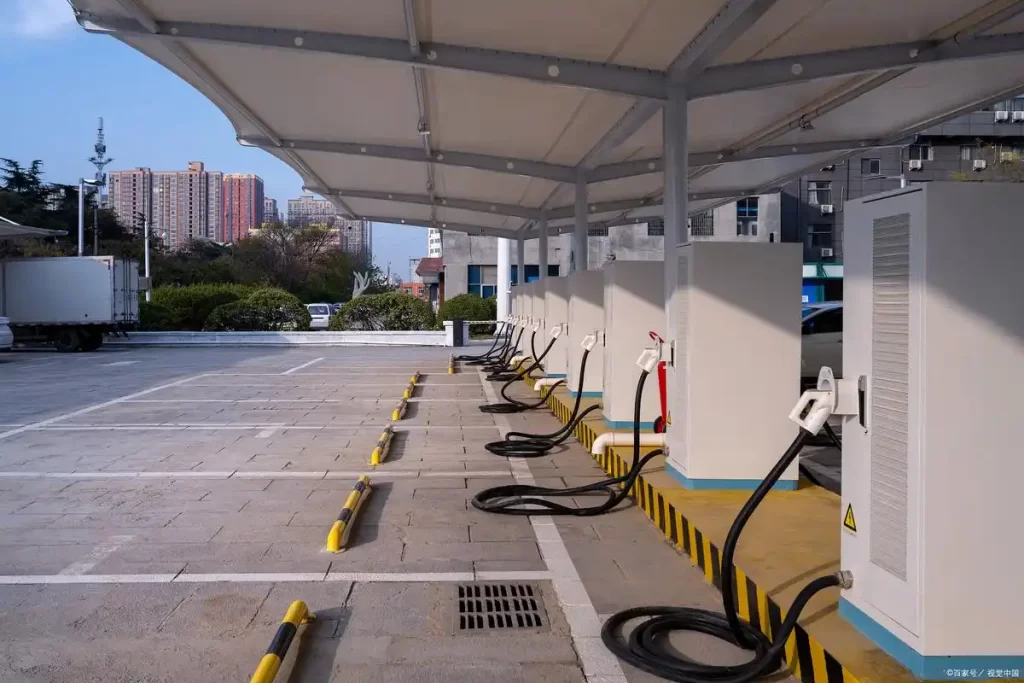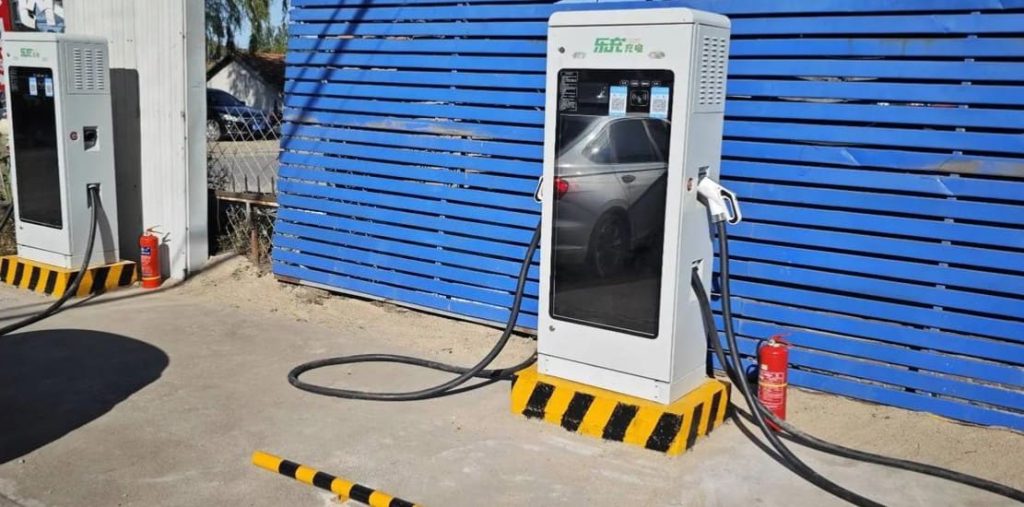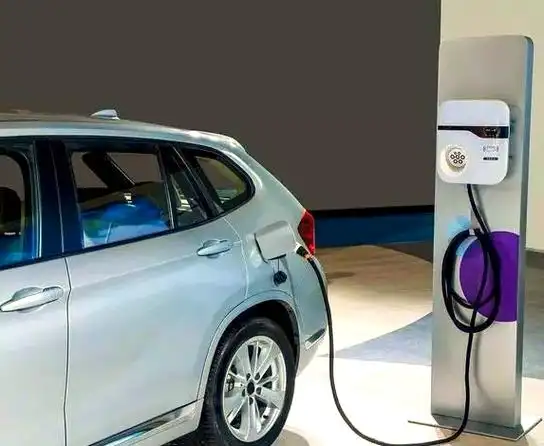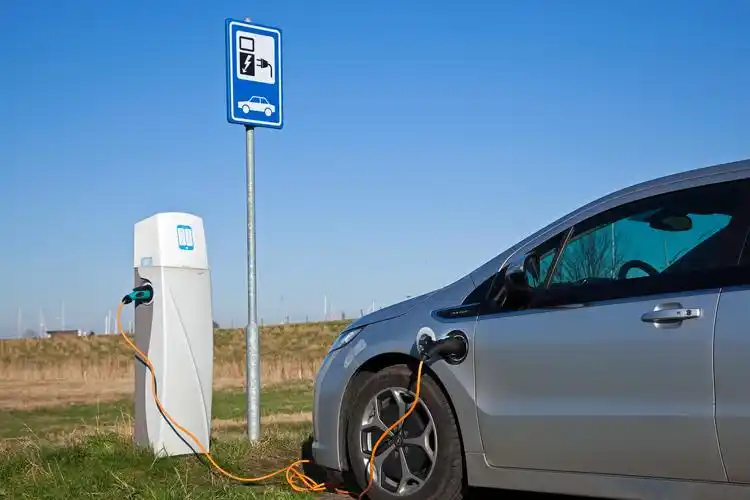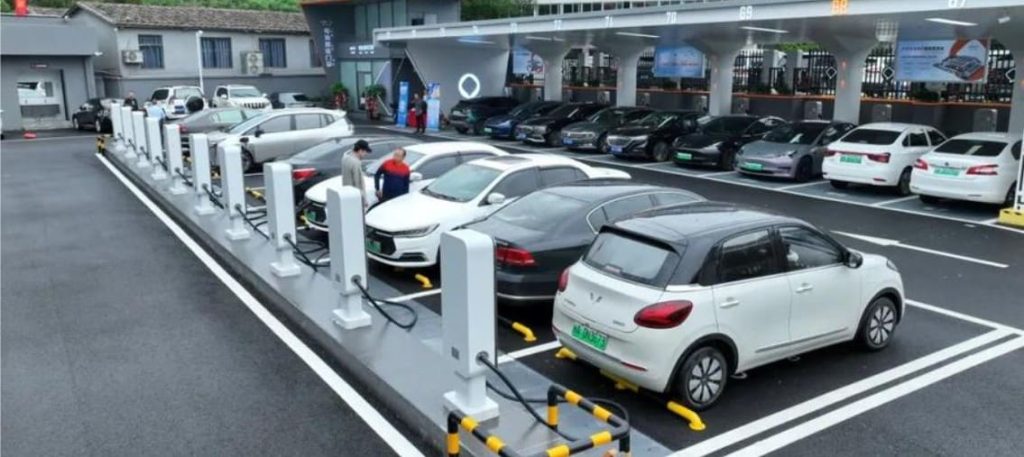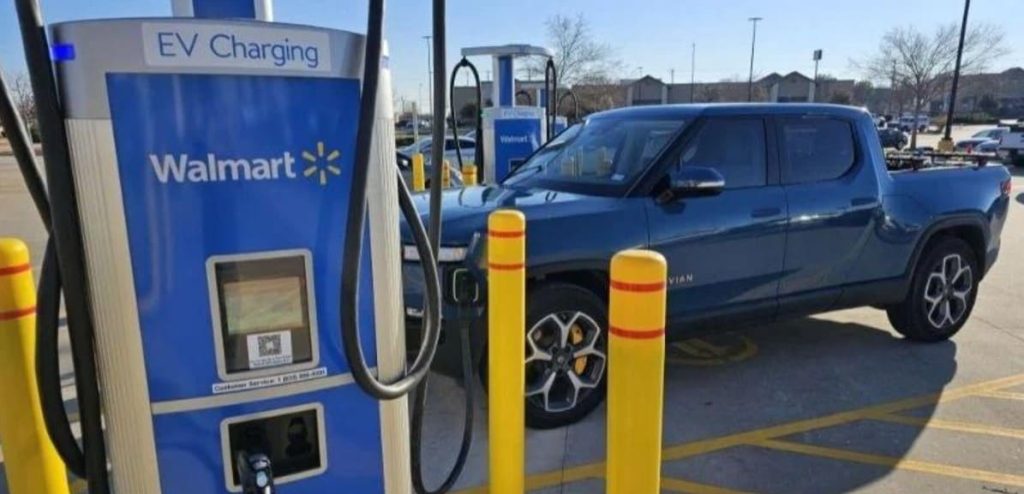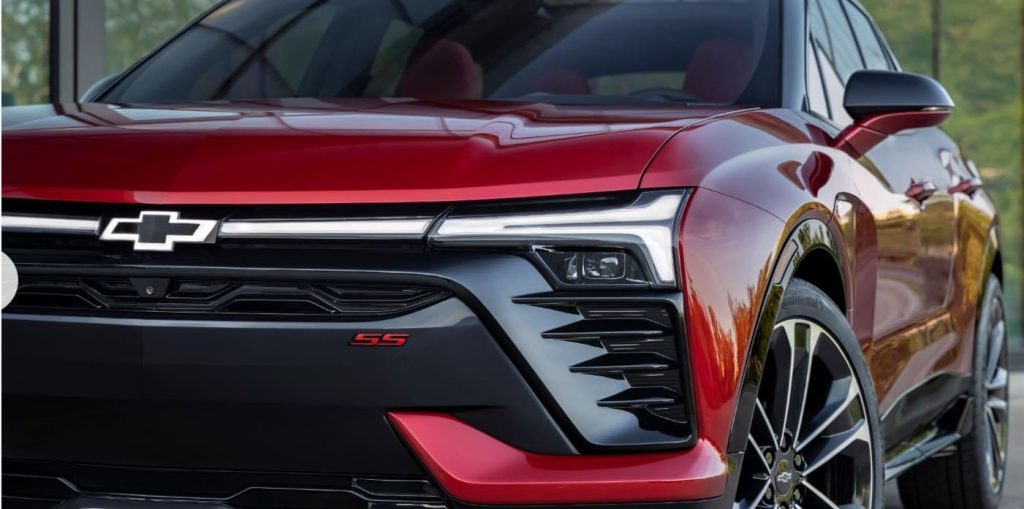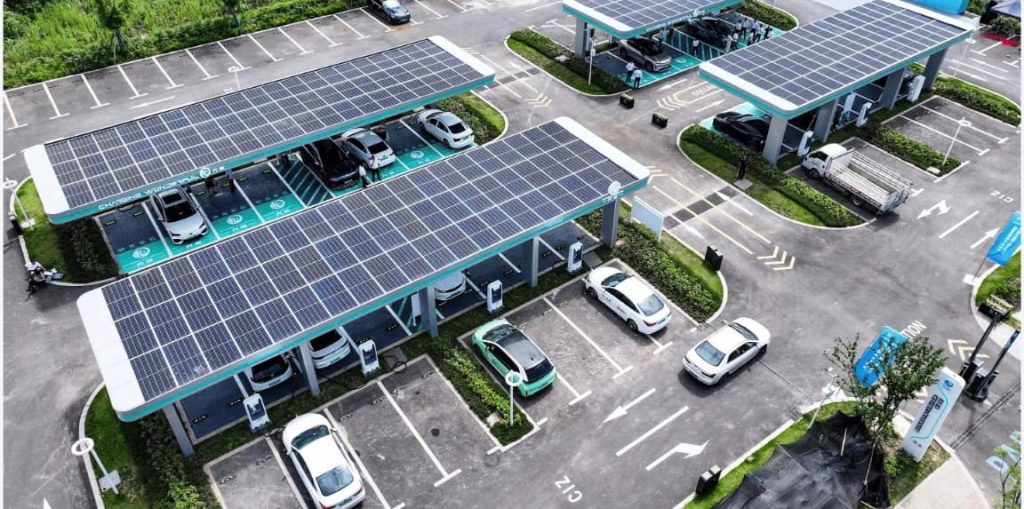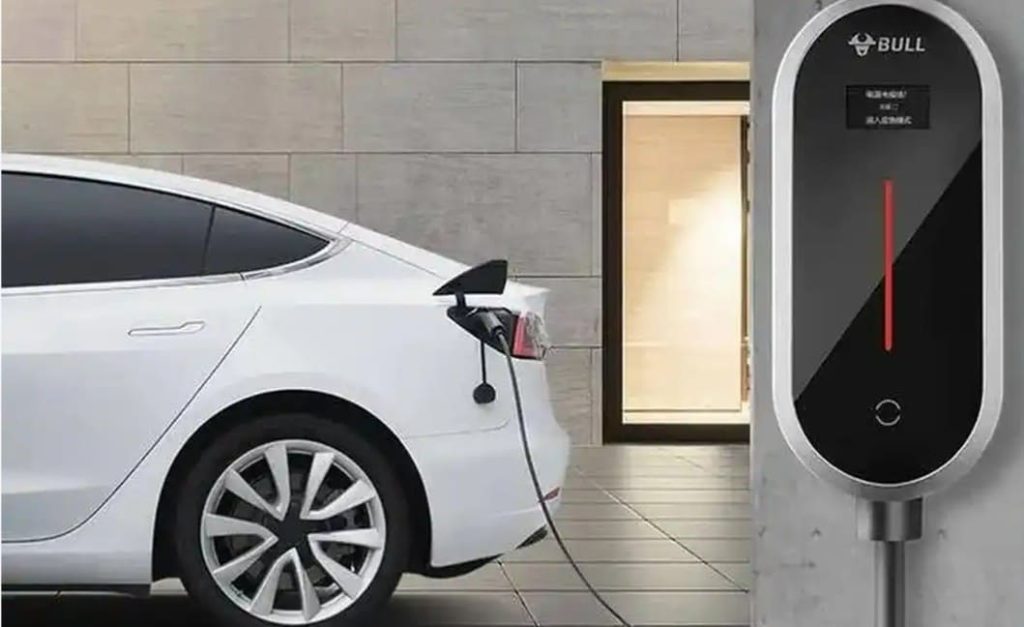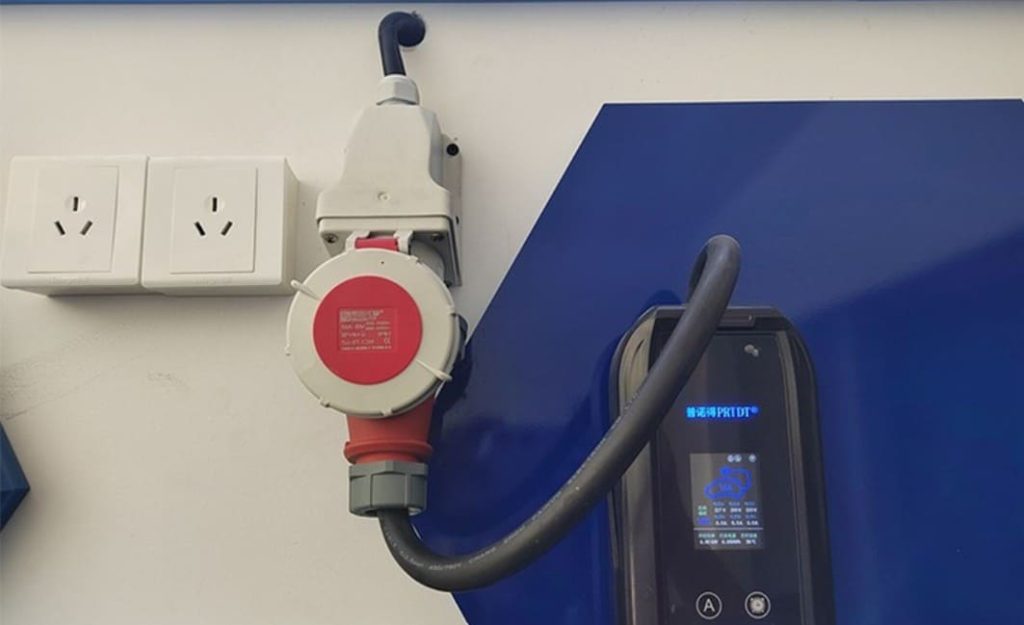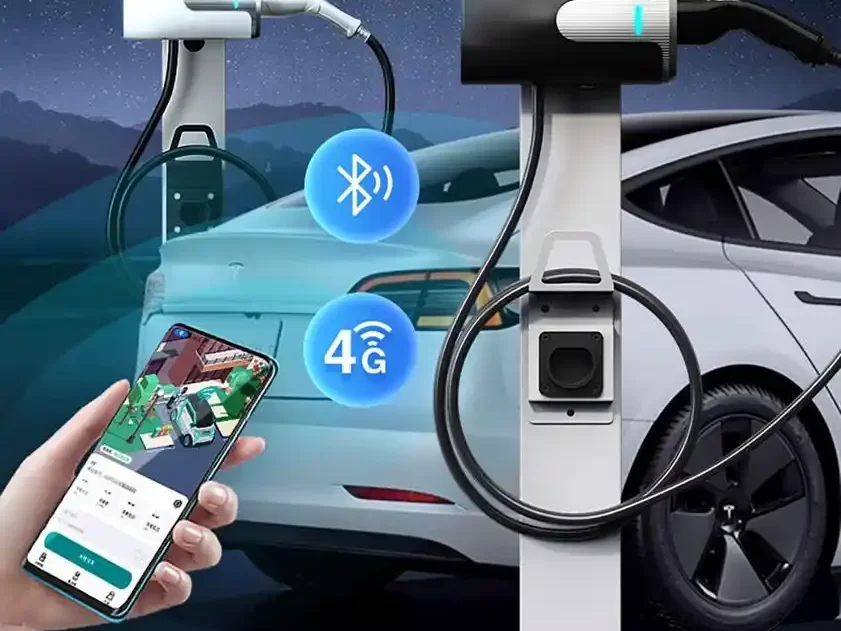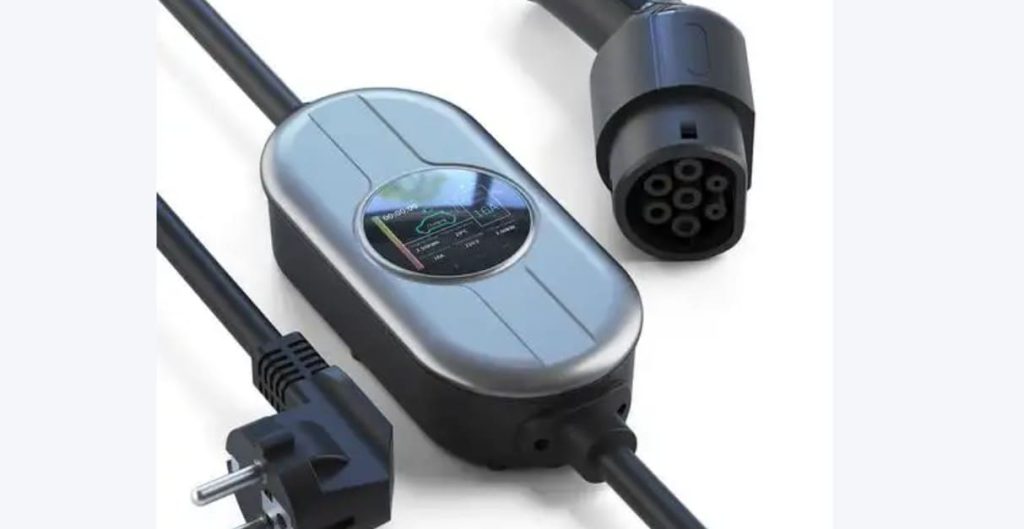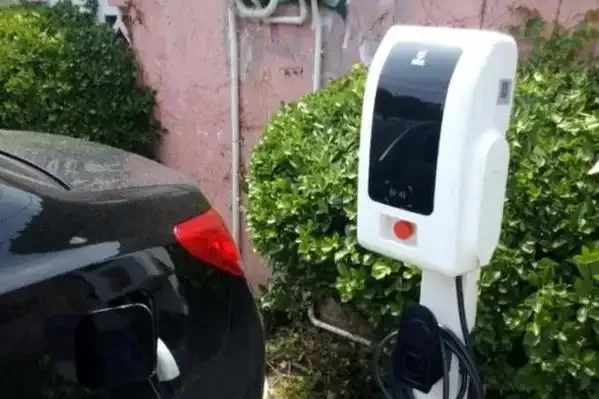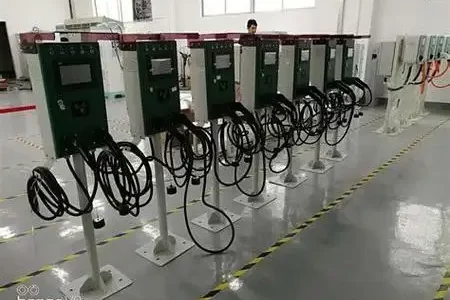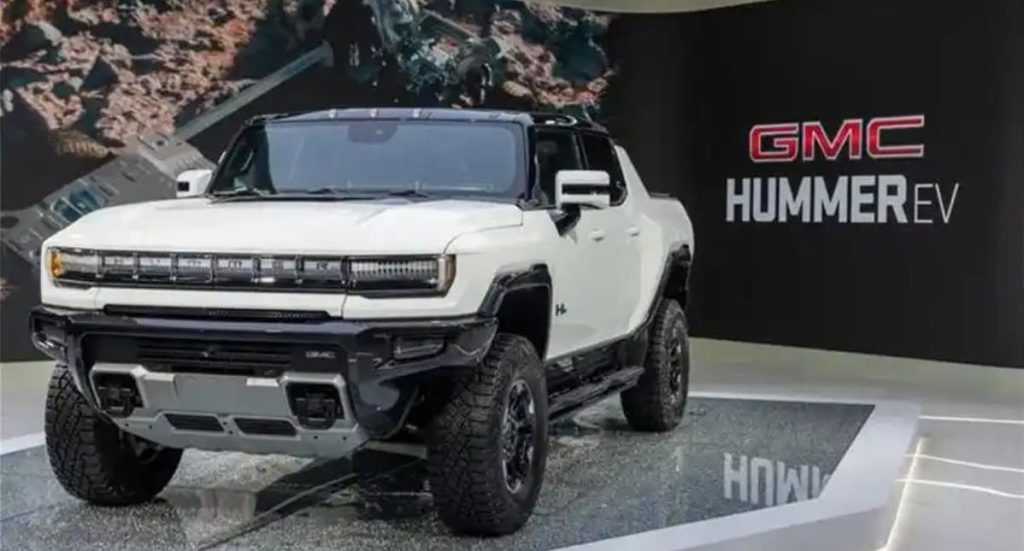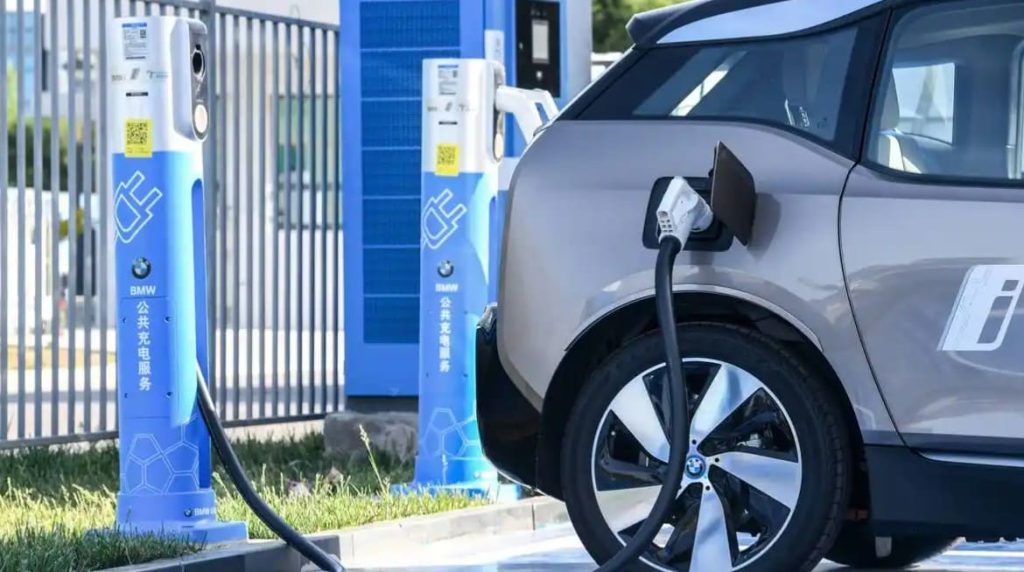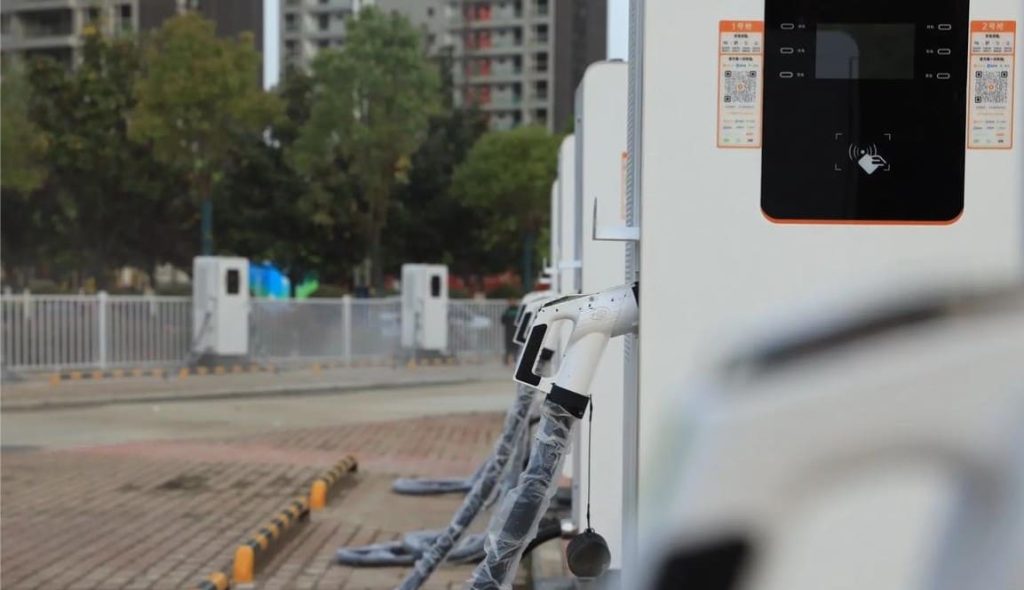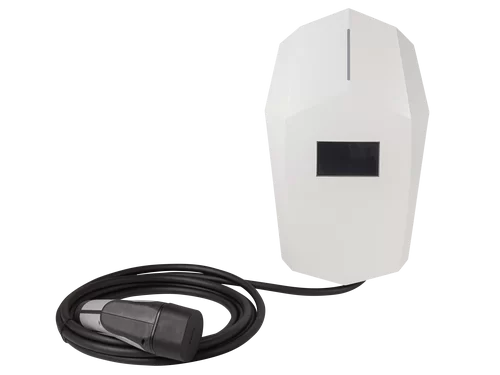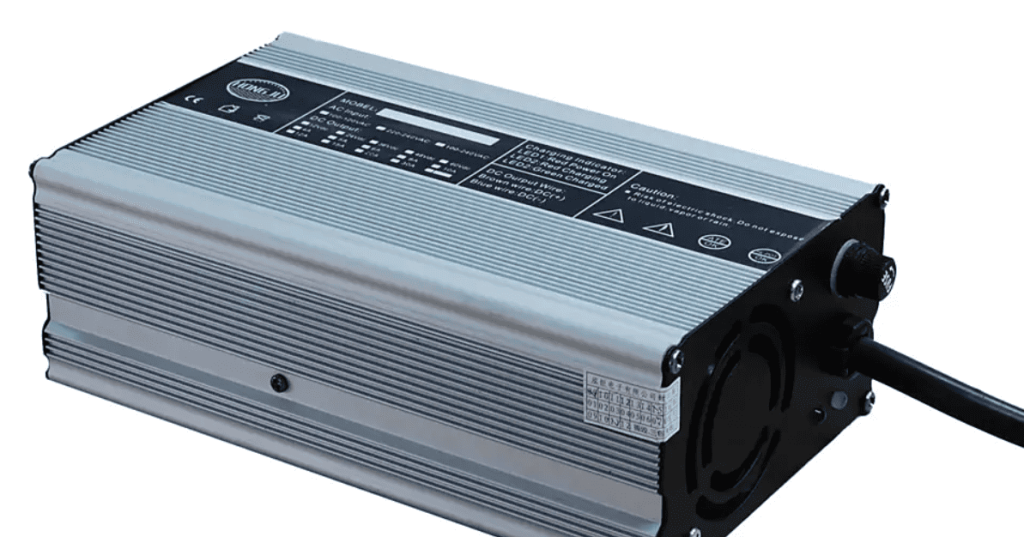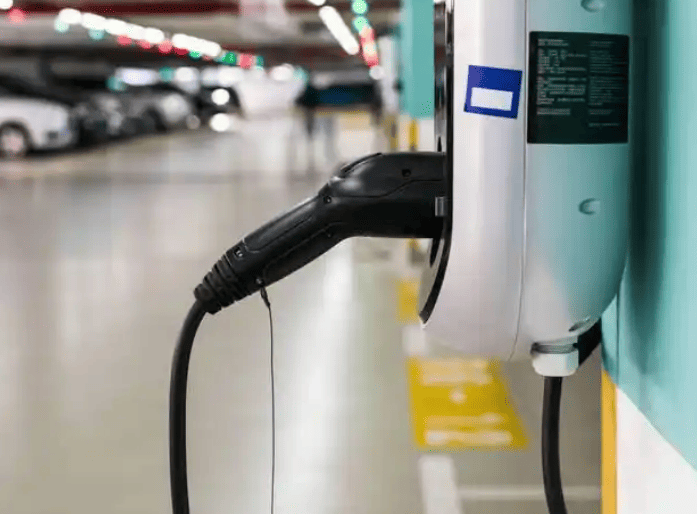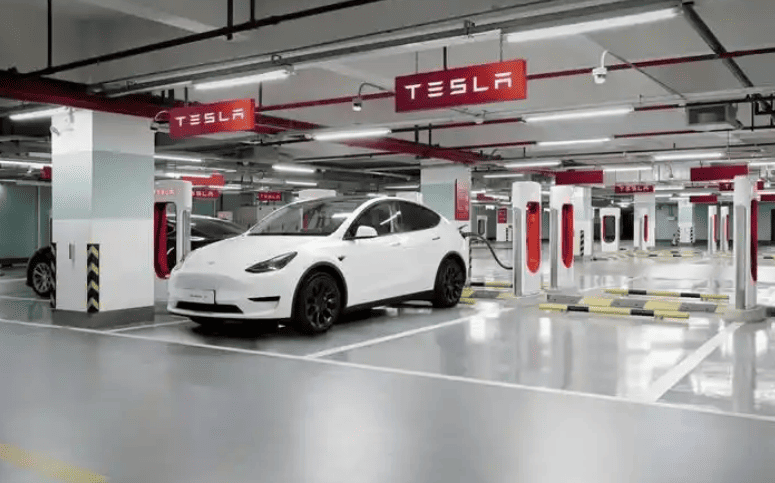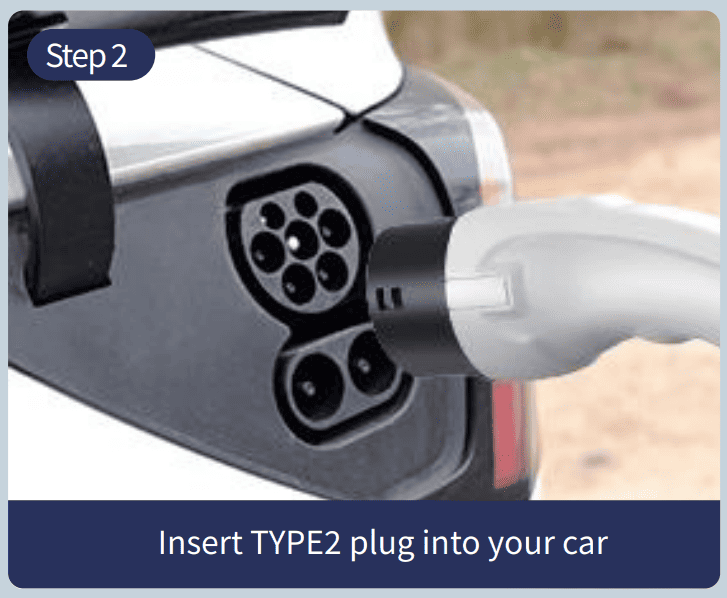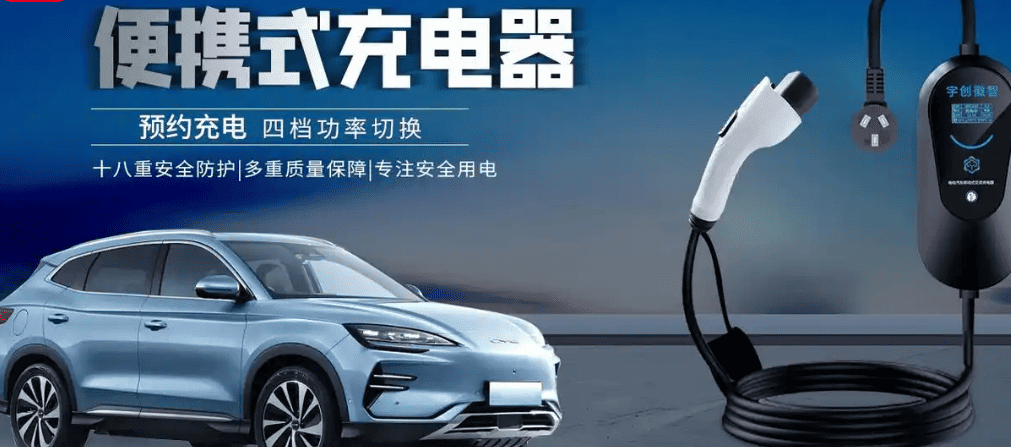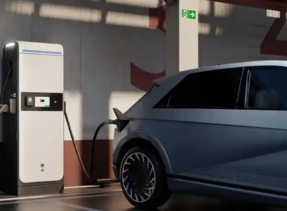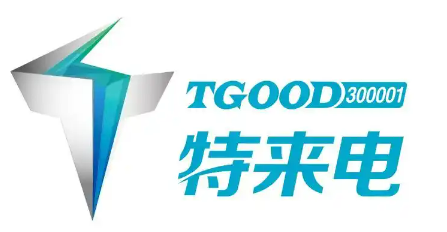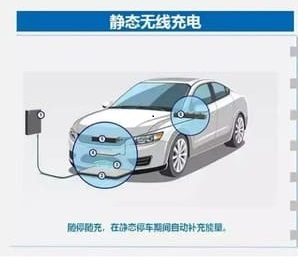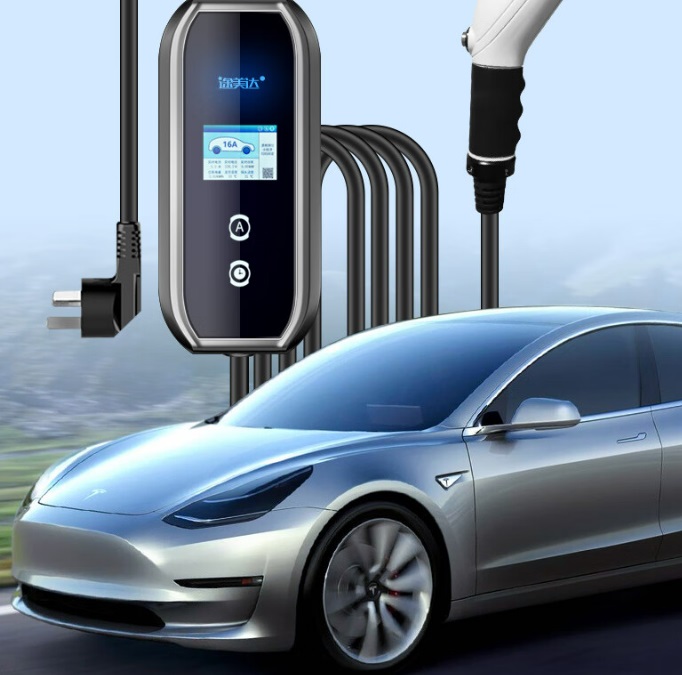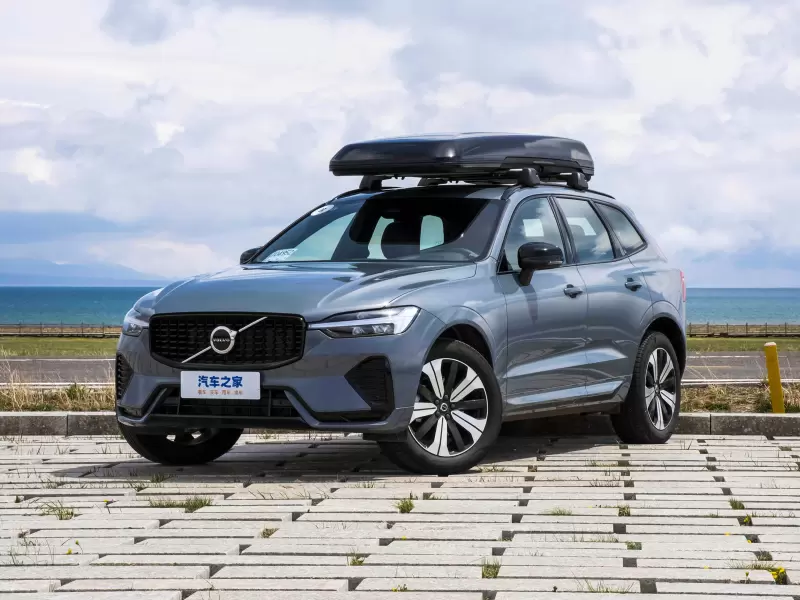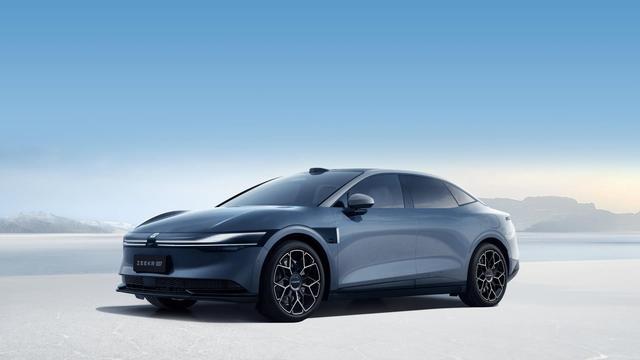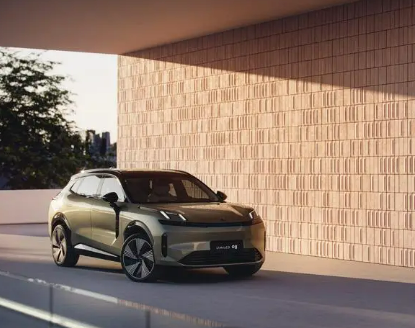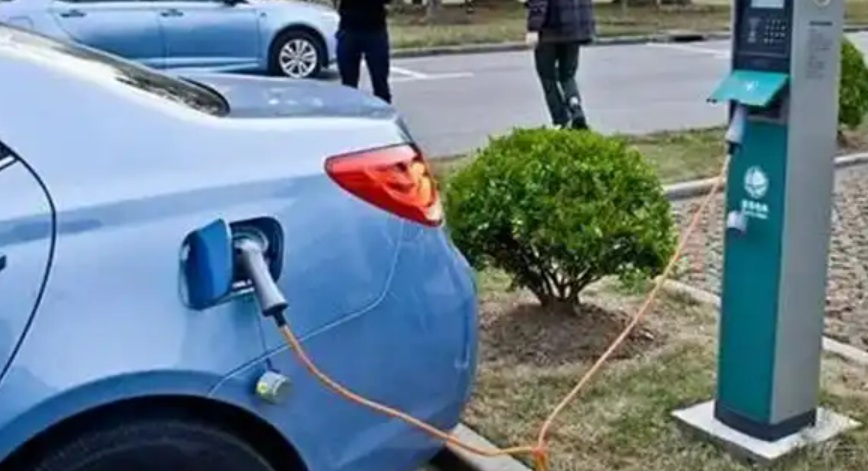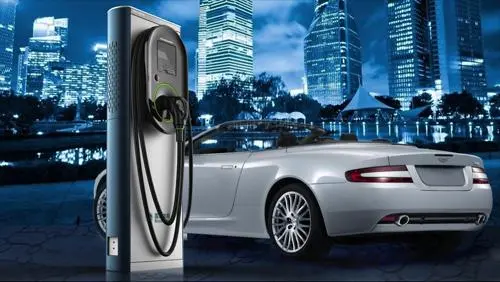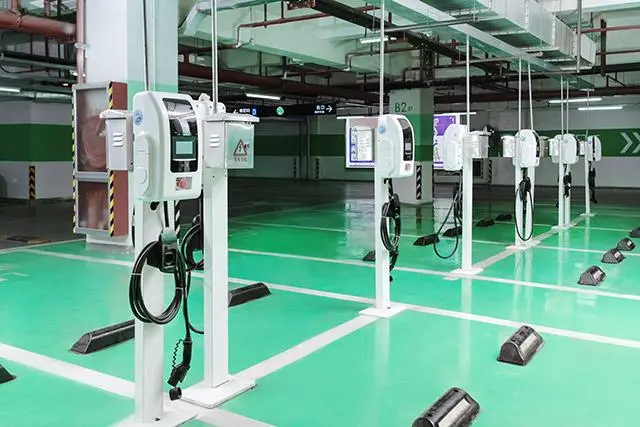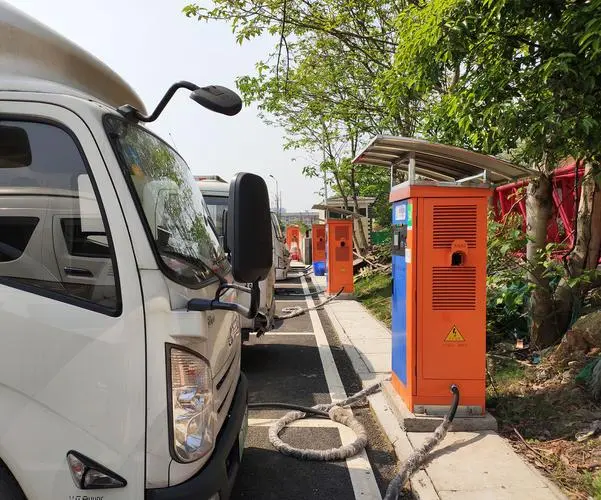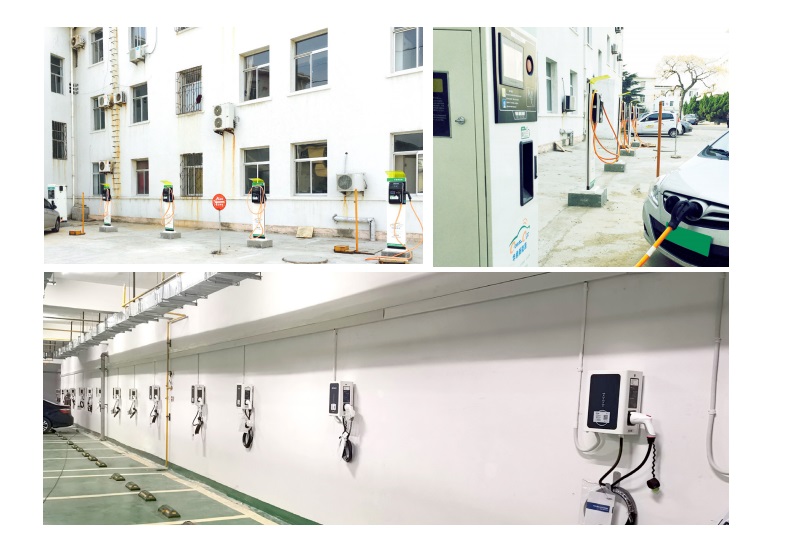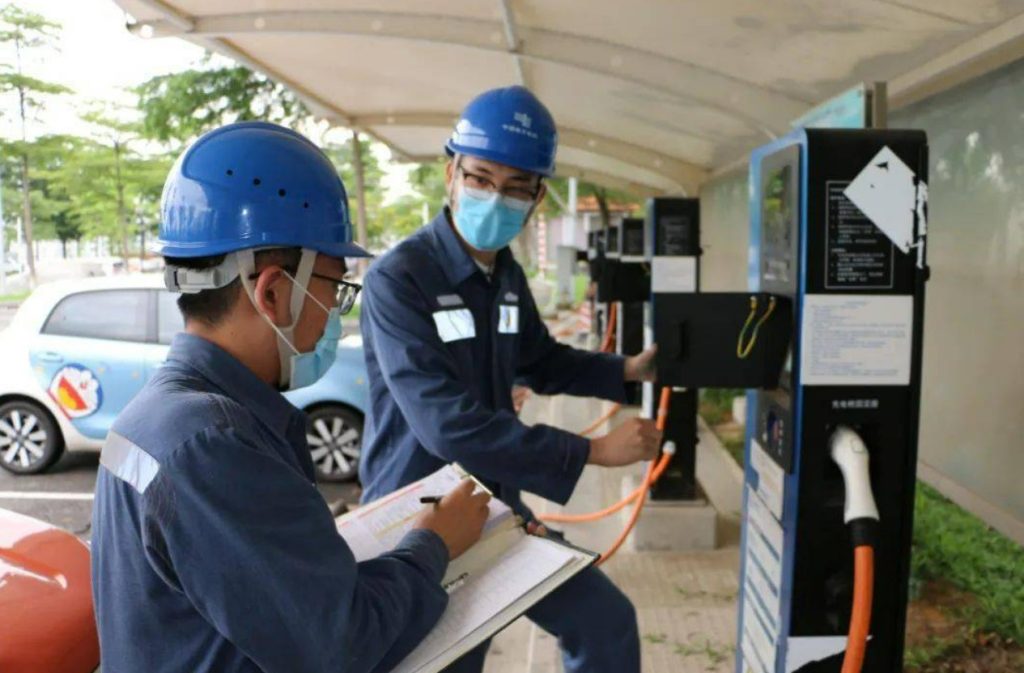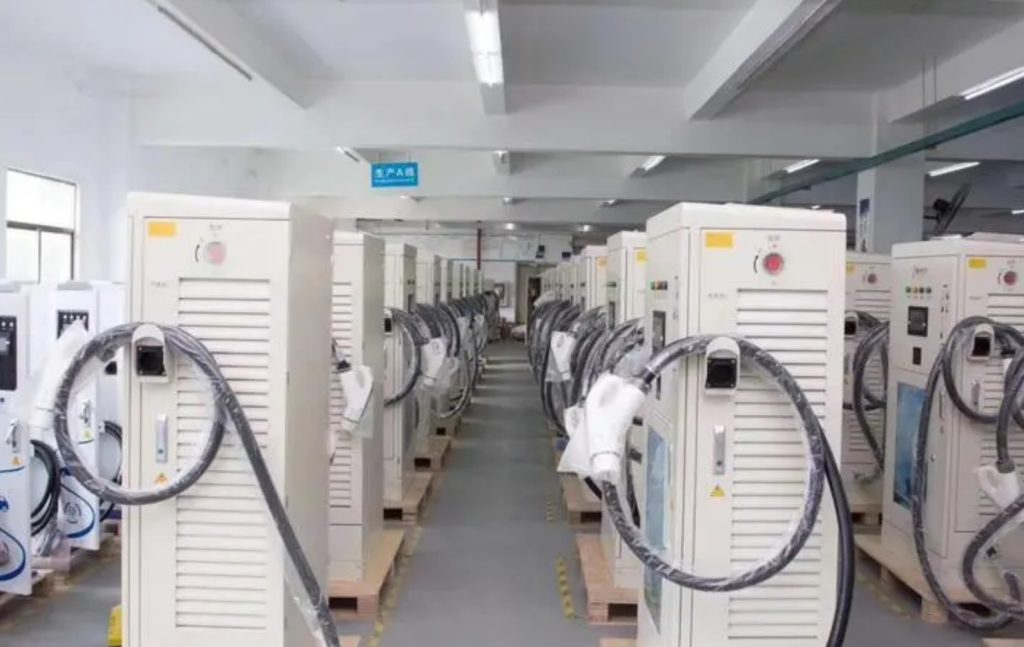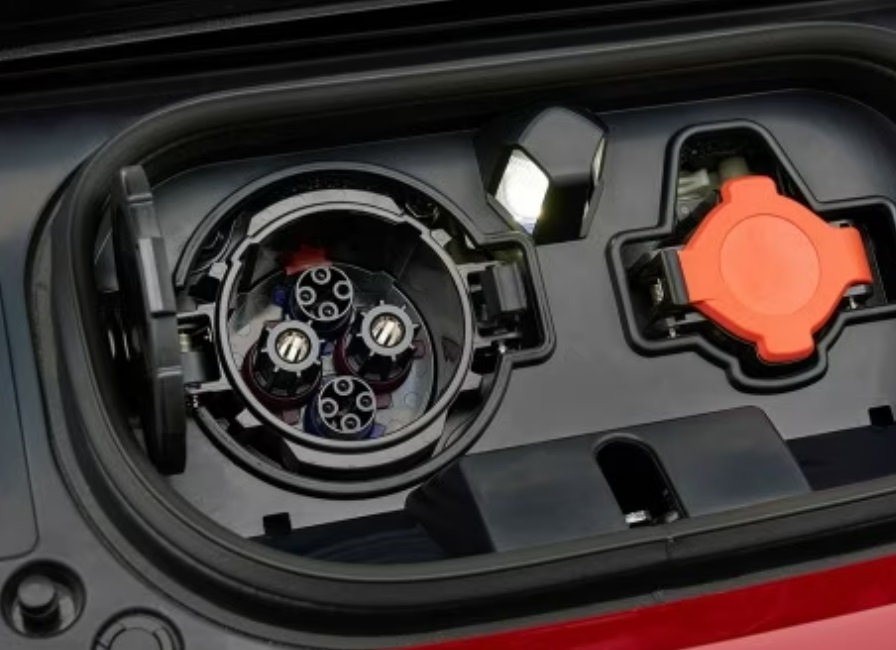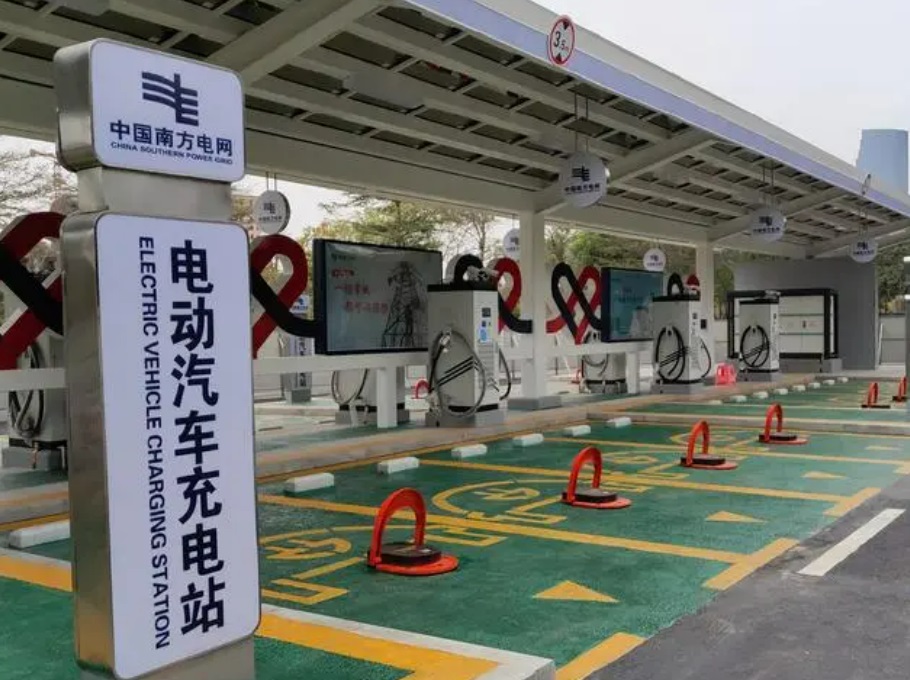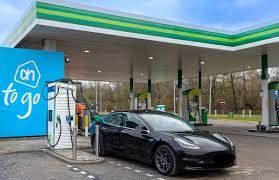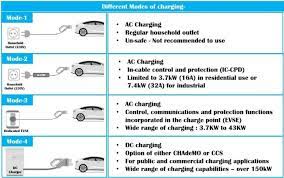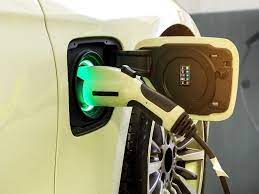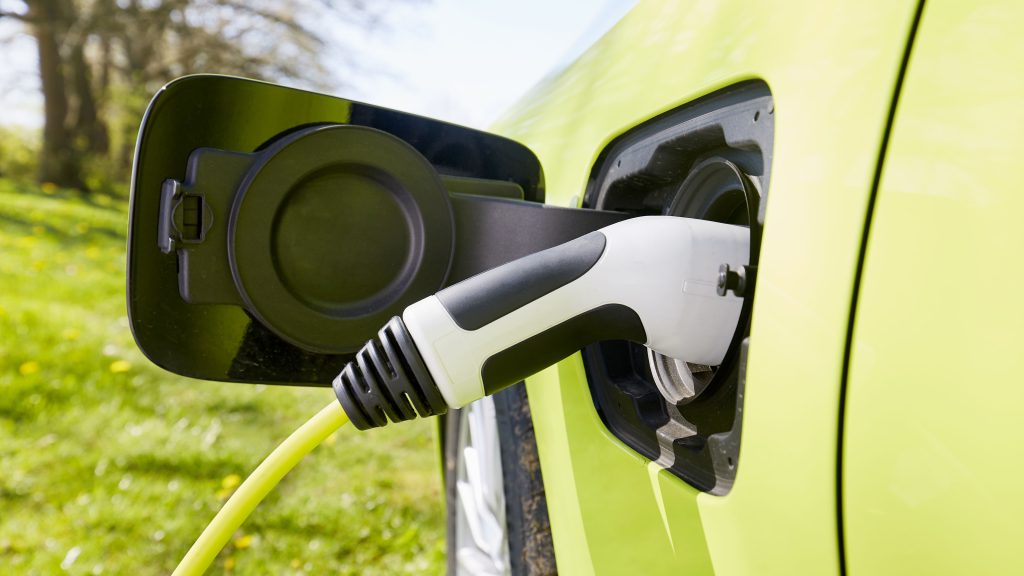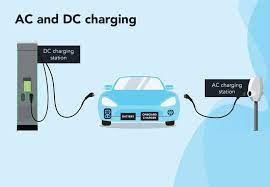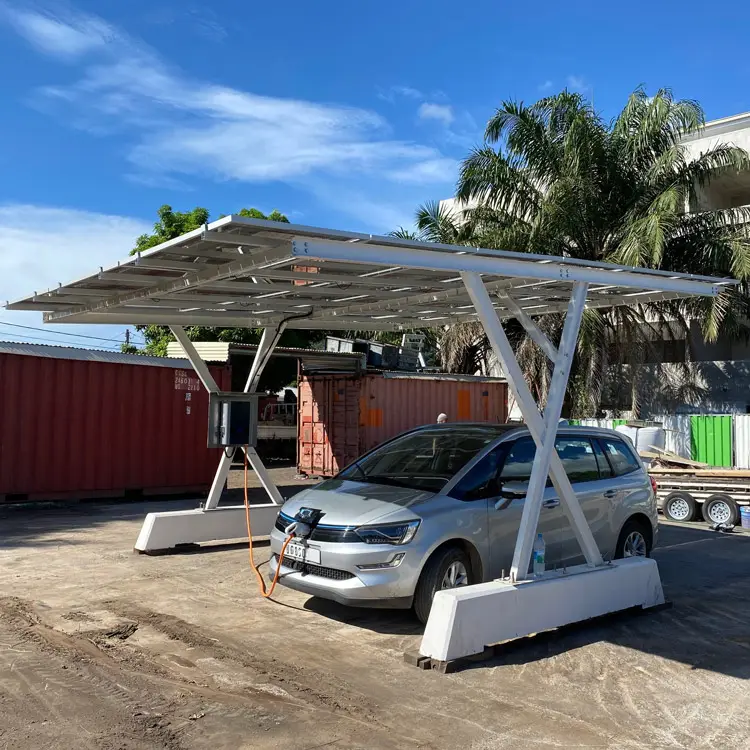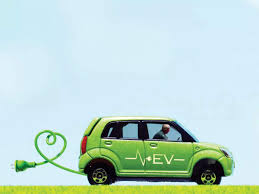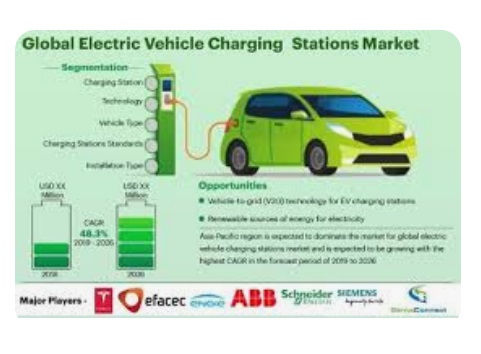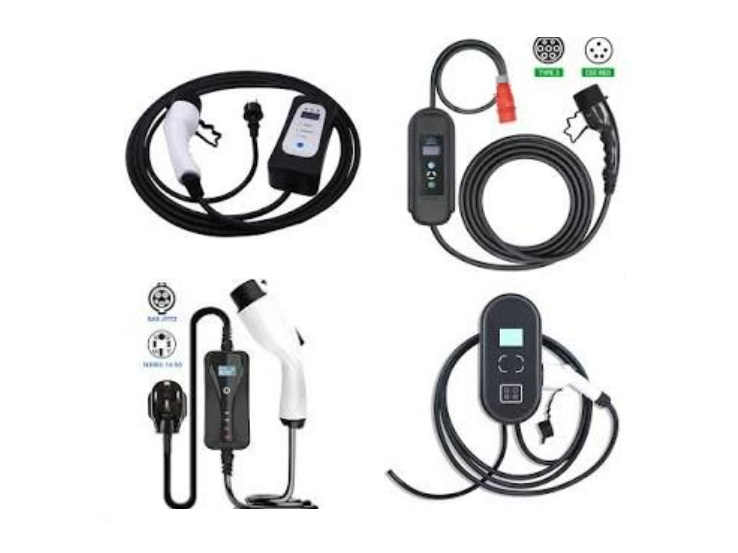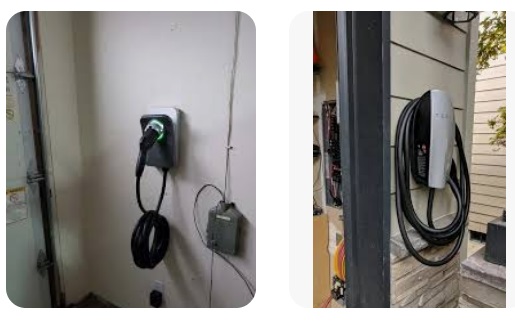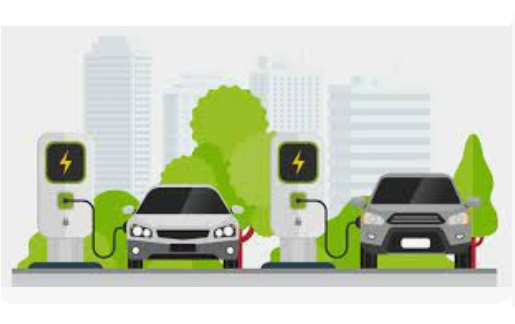The eve of the outbreak of car wireless charging: Tesla took the lead, Xiaomi and Huawei followed, and a new round of competition was opened
The wind of wireless charging is still blowing towards electric vehicles.
Just now, Tesla chief designer Franz von Holzhausen confirmed that Tesla is developing wireless inductive home charging technology.
Wireless charging, as the name implies, does not need a charging gun, and the future Tesla cars can charge themselves like mobile phones when they go to a specific location, which is not only convenient but also safer.
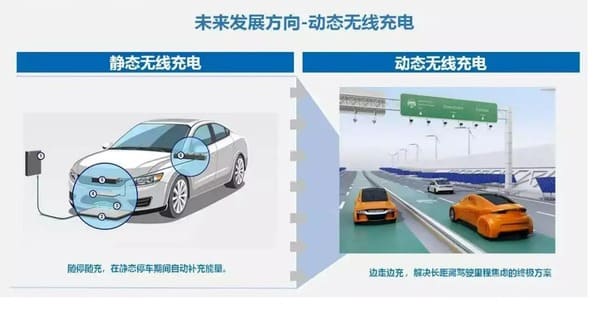
This technology is not new, domestic companies have begun research and development, there are actual models landing. But as a new technology, wireless charging clearly has many challenges.
For example, the cost is too high, the price is too expensive, etc., Tesla can make this technology popular by itself?
01
Attract wireless charging start-ups
According to overseas media Electrek, Tesla’s chief designer Franz von Holzhausen, in the well-known American talk show host Jay Leno’s video about Cybertruck, confirmed that Tesla is developing wireless charging technology.
“We’re working on inductive charging, which doesn’t require plugging anything into the car. Just drive the car to the charging pad in the garage and the car will automatically start charging.”
In fact, before this, Musk is not cold on wireless charging, compared to wireless charging, Tesla is more inclined to use automatic robotic arms to charge vehicles.
Back in 2015, Tesla released a video of a metal robotic arm charger that looked like a snake.
However, starting this year, Tesla began to change its attitude toward wireless charging. At Tesla’s investor day in March this year, Rebecca Tinucci, head of Tesla’s global charging infrastructure, revealed a potential solution for Tesla’s home wireless charging.
At that time, on the PPT, Tesla showed a mysterious wireless home charging device, Tesla vehicles parked under a raised wireless charging device, and connected to the wall charging box. This suggests that Tesla may achieve charging solutions in the future.
Four months later, Tesla bought Wiferion, a German wireless charging company, for $76 million.
Wiferion is a startup company founded in 2016 to provide wireless charging technology for cars, and in 2018, officially launched its first product – the contactless induction charger “etaLINK3000” for industrial vehicles.
This year Wiferion also launched a wireless charging device that can charge small autonomous robots, “etaLINK1000”, is the latest version of this series of robot charging systems, small size, suitable for small AMR installation.
Wiferion promises to start charging almost instantaneously within a second of docking, and offers up to 12 kilowatts of charging power.
First with the powerpoint presentation, then with the purchase of Wiferion, there is no doubt that Tesla is planning to lay out the wireless charging industry.
Just when people thought Tesla was going to make a big play in the field of wireless charging, Tesla changed hands and sold Wiferion, from the completion of the acquisition to the sale, before and after more than four months.
But this is not a normal “deal”, rather than an acquisition, Tesla is actually “poaching people”. In selling Wiferion to DIN rail power supplier PULS, Tesla only sold operations and manufacturing, but kept Wiferion’s engineering team.
Wiferion will continue to manufacture, sell and market its Wireless charging products under a new division called PULS Wireless.
So what’s Tesla going to all this trouble for?
Tesla did not explain the specific reasons for this decision, but industry insiders speculate that it is likely that Tesla already has a production plan for wireless charging devices, or it is not optimistic about Wiferion’s production business and only wants Wierion’s technicians.
Therefore, it is very likely that Tesla had a plan for the wireless charging project at an earlier time, but the lack of relevant technical talents, so through the “acquisition and recruitment” way, the Wiferion first bought over, and then sold the business, which is also equivalent to indirect personnel and technical reserves.
02
A new arms race
The wireless charging of new energy vehicles is similar in nature to the wireless charging of mobile phones.
There are two main forms of technology installed on the car, the first is electromagnetic induction, the car and the ground each have two coils, dedicated to power supply and power, to achieve a similar transformer energy transmission mode, the early Nissan Rubik’s Cube electric vehicle was equipped with this technology.
The second is to use the principle of magnetic coupling resonance, this technology as early as 2006 was developed by the Massachusetts Institute of Technology research team, through the wireless charging panel under the car and the built-in magnetic components of the battery pack, to achieve power transmission within a specific distance.
Because the magnetic resonance charging method is more efficient in energy conversion, it is also more stable and solid. It is considered to be the best wireless charging technology for automobiles, and the wireless charging concept proposed by Tesla is based on this principle.
As early as 2017, BMW announced that it would soon apply wireless charging in the car, using its own wireless charging induction board and an additional 220V power socket to charge the car, choosing to install it on the ground or buried in the ground.
The following year, BMW’s old rival Mercedes-Benz also played the flag of “electric vehicle wireless charging”, and cooperated with Qualcomm’s wireless charging subsidiary Qualcomm Halo based on the wireless charging scheme displayed in 2015.
In 2018, the appearance of SAIC Roewe Marvel X also has wireless charging.
In this year, domestic car companies are more frequent action.
In June this year, NIO bought into a wireless charging chip manufacturer Easy Chong Technology, which is focused on magnetic resonance coupled wireless charging technology.
In September, Huawei published a patent for wireless charging for electric vehicles, which is an on-board charging device for electric vehicles, and the on-board charging device exhibits higher power density at a significantly reduced cost.
Even Xiaomi, whose first car has not yet been released, has been planning ahead, applying for a patent for “wireless charging method, system and storage media” in September and obtaining authorization.
This month, BYD also received a patent for a vehicle detection system and a vehicle detection device that can charge the battery through a wireless charging module when the battery is low.
Some models have even landed. On March 15, Zhiji Automobile announced that the first production version of 11kW high-power vehicle intelligent wireless charging scheme landed, and it can be charged when parking, without inserting or removing the charging gun. Installation will begin in the second half of this year.
It is not difficult to see from the domestic action, most of the wireless charging scheme is still in the planning, although compared with the traditional wired charging, wireless charging will be more convenient and convenient, but not yet large-scale commercial is mainly limited by many objective conditions.
Taking the plan of Zhiji automobile as an example, even if the wireless charging is landed, the reality is still facing a lot of problems.
For example, the site requirements are high, the need to cut holes in the ground, the installation cost is much higher than the independent charging pile.
Not only the installation cost, Zhiji’s wireless charging pile separate official price reached 18,999 yuan, the owner needs to choose a separate wireless charging module at the end of the car 6,000 yuan, even if the original gift of various wired charging pile rights, the minimum need 12,000 yuan, so that the cost of a set of processes will be several times higher than the wired.
In addition, everyone who has used mobile phone wireless charging should know that the charging speed will be slower, which is because the wireless charging process will produce huge energy loss and a lot of heat, and the heat released will be more with the increase of power, which has become a major technical difficulty to improve the wireless charging power.
And there is a contradiction, if the cost is higher, it needs to be used in the cost of the car to cover, but the battery capacity of the car is often relatively large, the inefficiency of wireless charging will lead to even if it takes a whole night to charge, so the current actual car wireless charging technology level, formed a dead cycle.
So although technically feasible, there are still many challenges in practical application.
03
A key step in automated driving closed loop
To some extent, car wireless charging can be regarded as the final closed loop of autonomous driving. In addition to solving charging anxiety and extending driving range, it is more important to prepare for future unmanned driving.
We can assume a scenario, when you sit the automatic driving vehicle home after a tired day, the vehicle parked safely in front of your own door, but remember to charge the car, so you have to personally charge the vehicle.
Wireless charging solves the process of inserting a charging gun into the vehicle when charging, which in theory is not a particularly difficult or time-consuming task.
Tesla has previously said it wants to automate this step in order to prepare for self-driving technology. If cars can drive themselves, they should also be able to charge themselves without needing to be plugged in.
In addition, wireless charging has also been officially endorsed by the national policy this year.
In May this year, China promulgated the first normative documents in the field of wireless charging, and the Ministry of Industry and Information Technology issued the Interim Regulations on Radio Management of wireless charging (Power transmission) equipment, which set different technical indicators for wireless charging equipment for electric vehicles (including motorcycles) according to the size of rated transmission power.
The introduction of this document provides basic support for the development and design of wireless charging systems, and accelerates the large-scale mass production and application of wireless charging for electric vehicles.
Just a month later, the country continued to increase its efforts in the field of wireless charging. In June this year, the “Guidance on Further Building high-quality charging infrastructure System” issued by The General Office of the State Council proposed to accelerate the research and innovation of technologies such as fast charging, intelligent charging, high-power charging, wireless charging, and optical storage and charging collaborative control, and accelerate the construction of wireless charging lines and parking Spaces.
This also means that car wireless charging technology is very likely to be the next outlet, but whether it can be popularized, when it can be popularized is still a big problem.
First of all, the most important reason to hinder the commercial landing and popularization is the charging efficiency problem, wireless charging is far less efficient than direct cable charging, and can not achieve supercharging, fast charging and other functions.
Second is the cost, wireless charging also means higher prices: in addition to the need to install a charger on the wall, it also needs to safely embed the inductive charging pad into the ground, in addition to installing an inductive receiver in the vehicle, which increases the cost of use.
All this added cost, just to not waste three seconds plugging in a vehicle, is an open question as to whether consumers are willing to pay for it.
Finally, the application scenario of wireless charging is very limited, which is obviously more suitable for home use than public places, but the prerequisite for home use is that you have to have a large house with a garage.
Therefore, the high cost and the constraints of the objective environment will make this technology can only be limited in the hands of a small number of people with better economic conditions and cannot be popularized by the public.
From this point of view, wireless charging wants to be fully popularized, still far from it.

